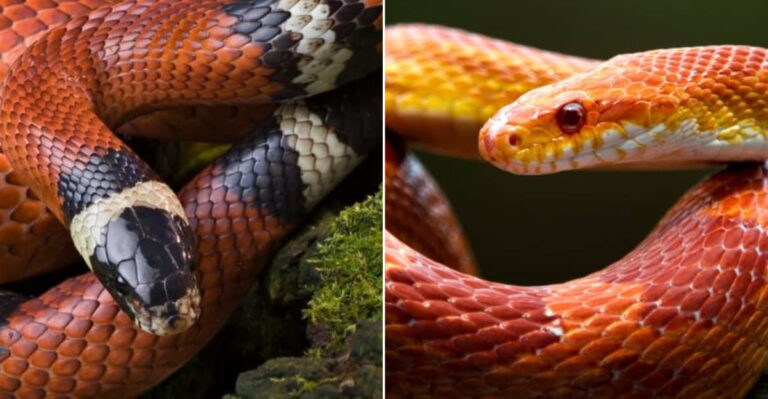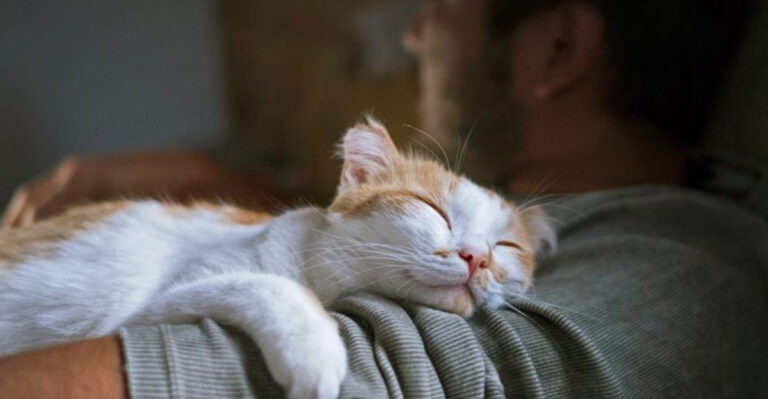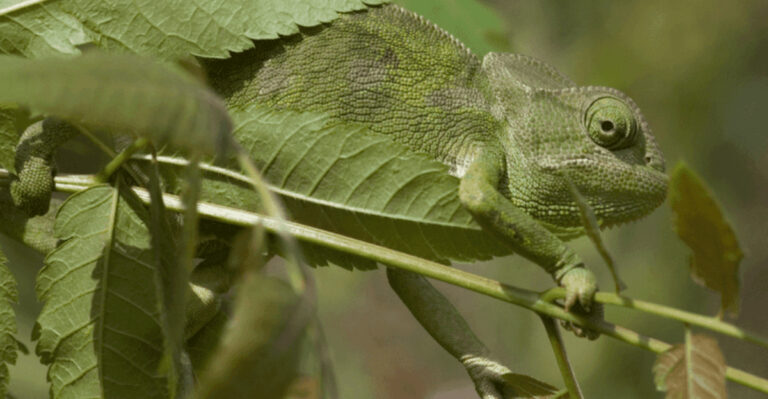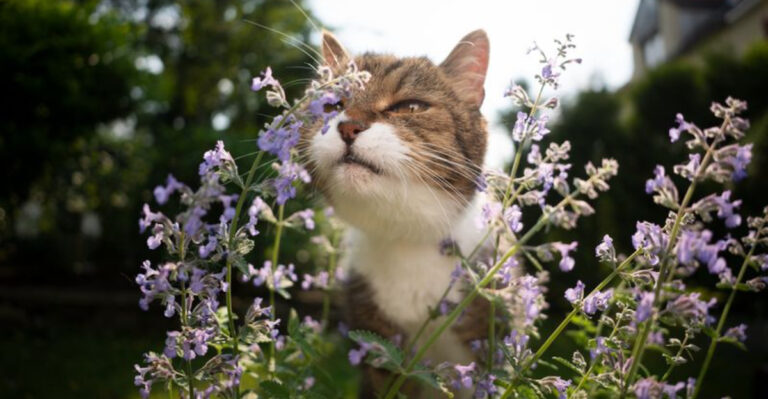15 Key Differences Between Clydesdale And Percheron Horse Breeds
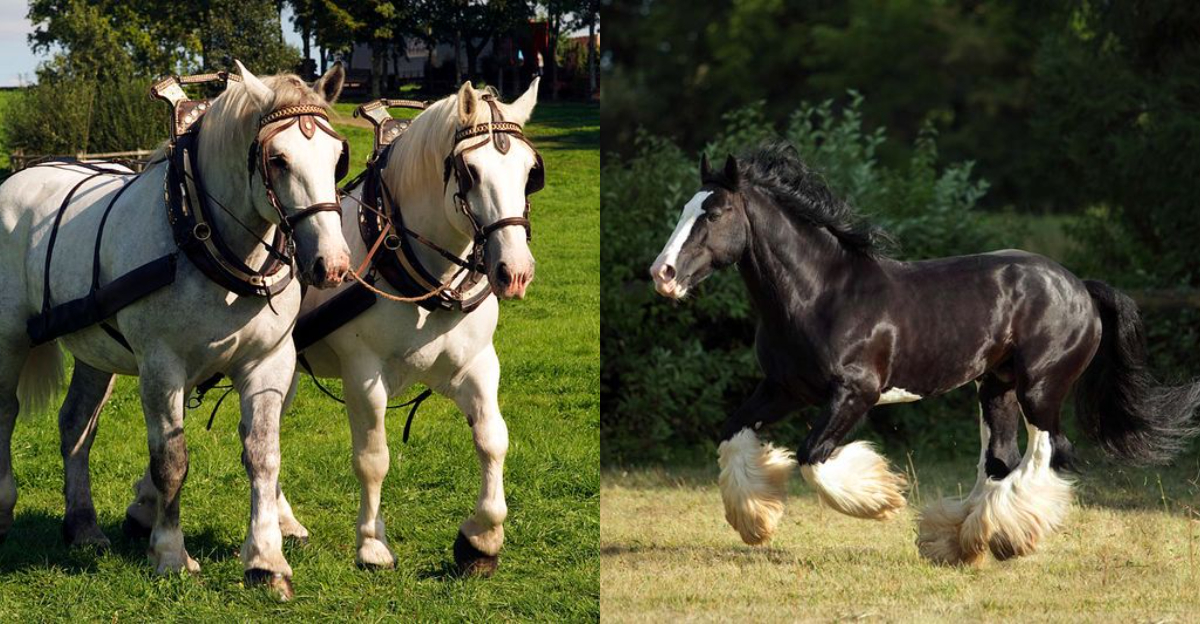
Have you ever wondered what sets apart two of the most majestic horse breeds in the world? While Clydesdales and Percherons might both be gentle giants, their differences make each one uniquely fascinating.
From their origins to their personalities, these horses offer a world of distinctive traits that captivate horse enthusiasts and casual admirers alike. Let’s saddle up and explore the fifteen key differences that will change the way you look at these impressive equines.
1. Heritage And Origins

Clydesdales hail from the grassy fields of Scotland, while Percherons trace their roots to France. This geographical divergence has shaped not only their appearances but also their histories.
Scottish farmers needed sturdy beasts for plowing, whereas French breeders sought warhorses. This cultural backdrop provides a fascinating glimpse into why these horses were bred the way they were.
2. Size And Stature
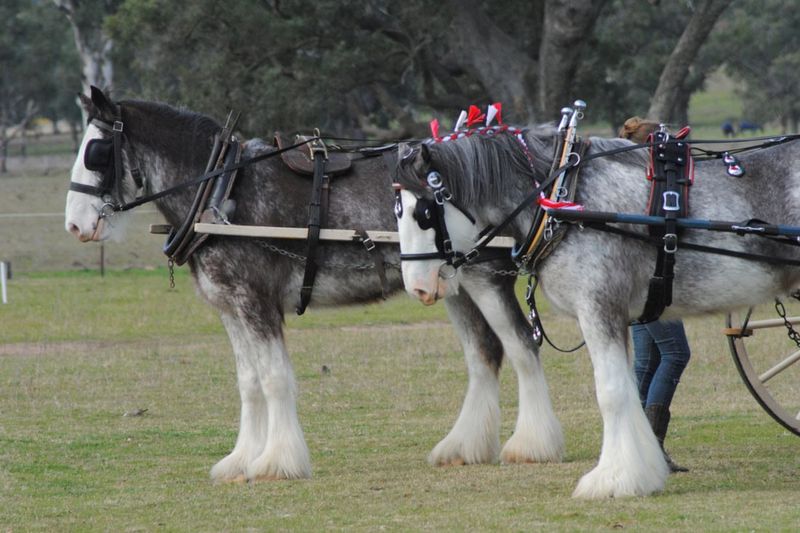
Towering over most horse breeds, Clydesdales can reach up to 18 hands, making them taller than the average Percheron, which stands around 16 hands.
This height advantage makes Clydesdales the giant icons often seen in parades, while Percherons are slightly more compact yet equally strong. Their heights influence their uses in different contexts.
3. Color Patterns
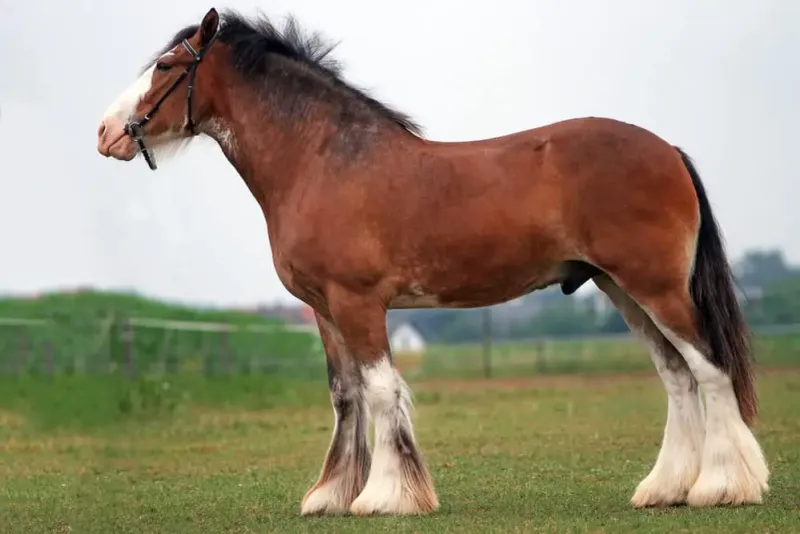
Clydesdales are famous for their flashy bay coats with white markings and feathered feet, making them look like equine royalty.
In contrast, Percherons sport a more uniform appearance, predominantly in black or grey. This stark difference in color and markings gives Clydesdales a distinctive flair that sets them apart in any crowd.
4. Personality And Temperament
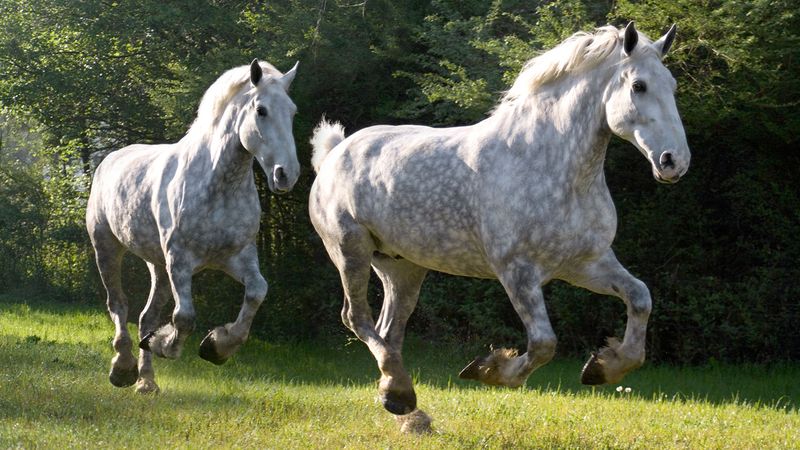
While both breeds are known for their friendly nature, Clydesdales are often more laid-back, taking life in stride. Percherons, however, exhibit a spirited energy, eager to engage in tasks. These contrasting temperaments make each breed suitable for different roles, from relaxing trail rides to active farm work.
5. Historical Roles
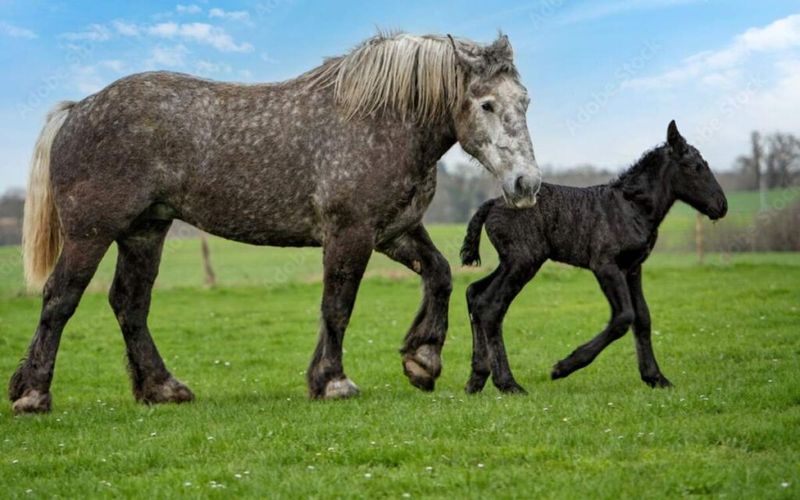
The Clydesdale’s history as a farm workhorse differs significantly from the Percheron’s past as a formidable warhorse.
While Clydesdales pulled plows in Scotland, Percherons rode into battle in France. These roles have influenced their physical and temperamental traits, making each breed uniquely suited to its historical tasks.
6. Modern Uses
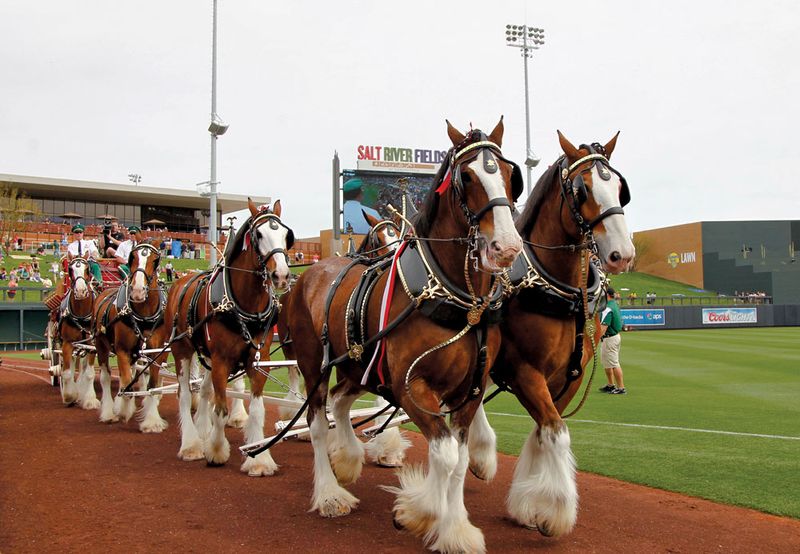
Today, Clydesdales often star in parades and commercials, captivating audiences with their grandeur. Percherons, although also seen in public displays, are more commonly found working on farms or pulling carriages.
Their modern roles reflect their historical strengths, with each breed excelling in settings that showcase their unique abilities.
7. Physical Strength
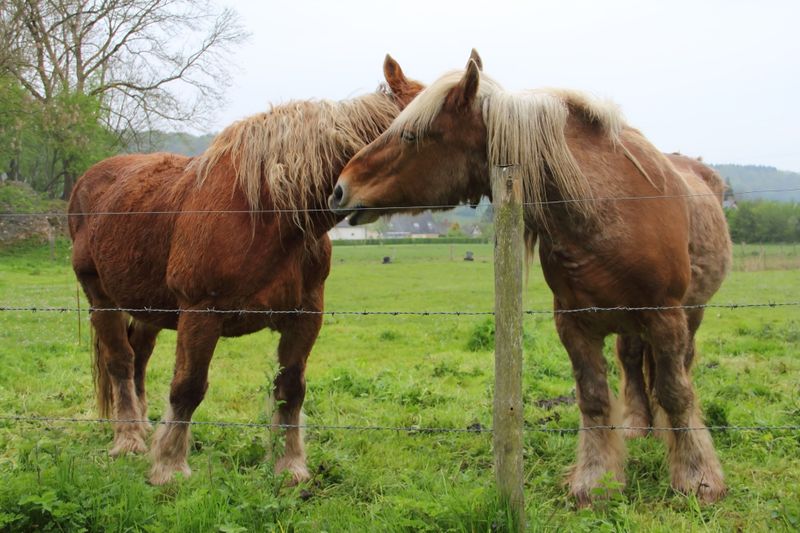
Percherons, despite their slightly smaller stature, pack an incredible punch in terms of strength. They are often considered stronger for their size compared to Clydesdales. This muscle power makes Percherons ideal for heavy work, showcasing their raw strength in tasks that demand pulling power and endurance.
8. Adaptability To Climate
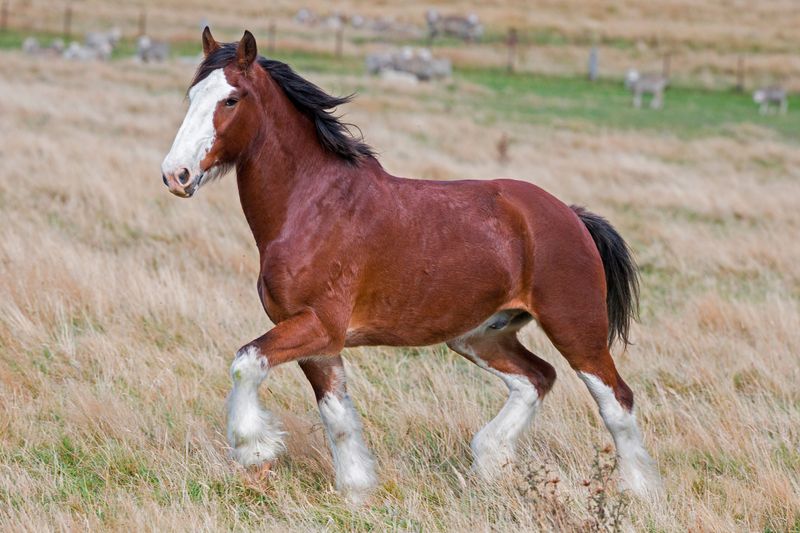
Clydesdales, with their Scottish roots, thrive in cooler climates, while Percherons, with their French lineage, are quite adaptable to various weather conditions.
This adaptability makes Percherons versatile companions in diverse environments, from sunny fields to snowy landscapes, showcasing their resilience and endurance.
9. Hoof And Foot Structure
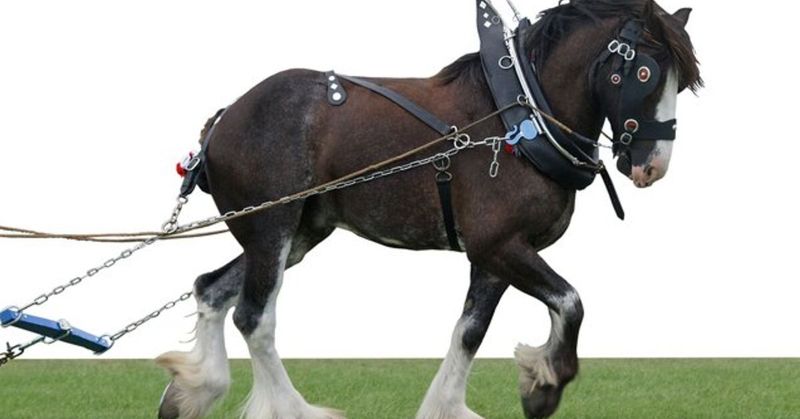
One can’t forget about those feet! Clydesdales have large, feathered hooves that require meticulous care, while Percherons boast more straightforward, less feathery feet.
This difference affects not only their grooming needs but also their traction in various terrains. It’s a small yet impactful distinction in their overall care.
10. Lifespan And Health
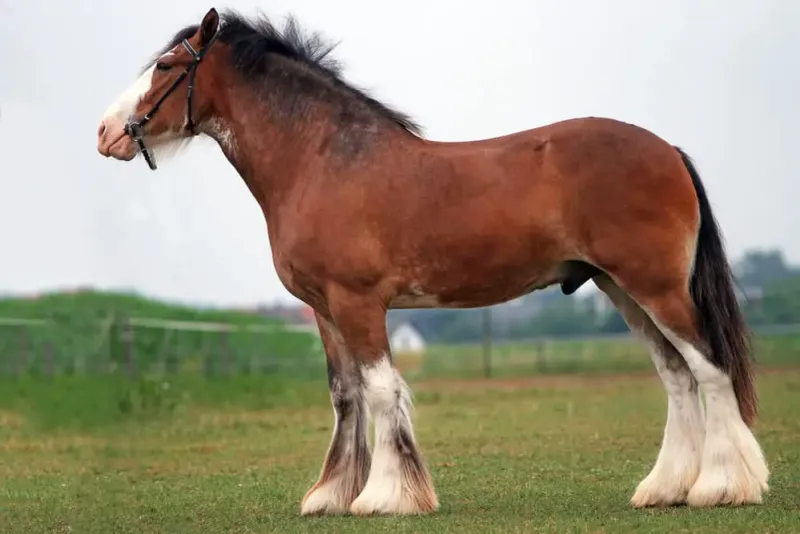
Both breeds are known for their robust health, but Clydesdales often have a slightly shorter lifespan than Percherons.
On average, Clydesdales live around 20 years, whereas Percherons can enjoy a few more years. This difference, though minor, plays a role in long-term care and bonding with these majestic creatures.
11. Training And Handling
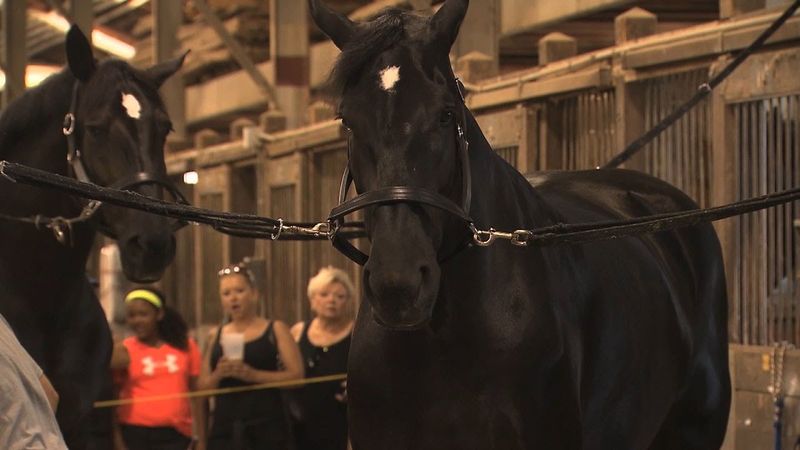
Training techniques for these breeds vary. Clydesdales, with their calm nature, respond well to gentle methods, while Percherons might require more structured guidance given their energetic spirit. Understanding these nuances in training helps foster successful partnerships with these elegant animals.
12. Cultural Significance
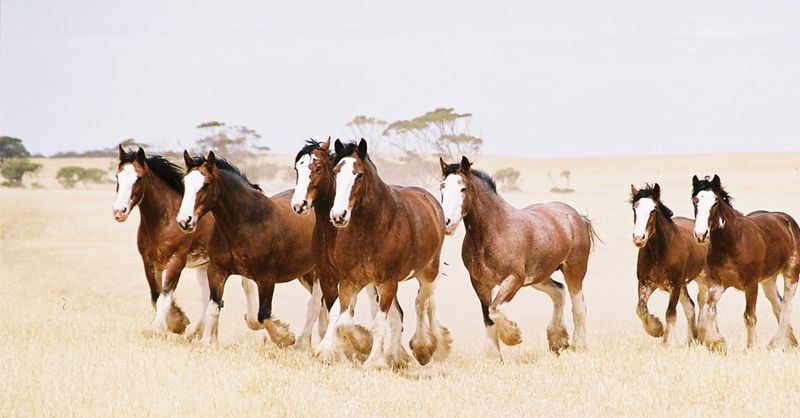
Clydesdales have become cultural icons, especially in American pop culture, seen in commercials and parades.
Percherons, although less commercialized, hold historical significance in France, celebrated for their contributions in shaping French equestrian history. Each breed’s cultural impact adds to their allure and fame.
13. Breeding Practices
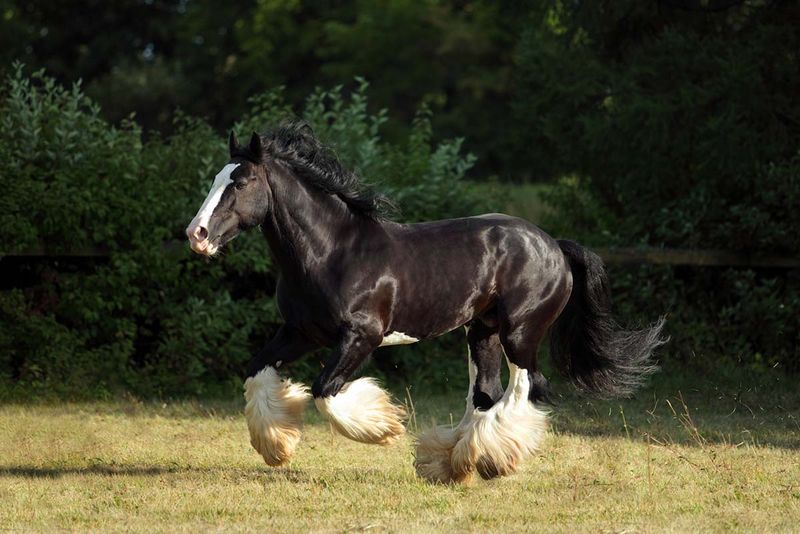
Breeding practices for Clydesdales and Percherons are tailored to enhance their distinct traits. Clydesdale breeders focus on size and appearance, while Percheron breeders aim for strength and versatility. These breeding goals ensure each generation maintains the qualities that define these remarkable breeds.
14. Popularity And Demand
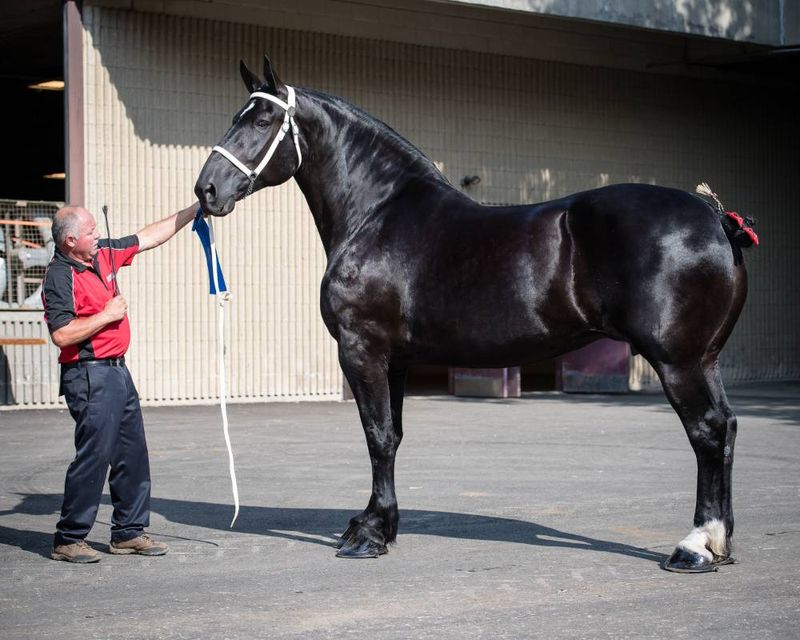
The popularity of these breeds varies across regions. Clydesdales, with their majestic presence, often steal the spotlight, especially in North America. Percherons, more subtly admired, are valued in circles where practicality and strength are prized. This variance in demand shapes their breeding and availability.
15. Feeding And Nutrition
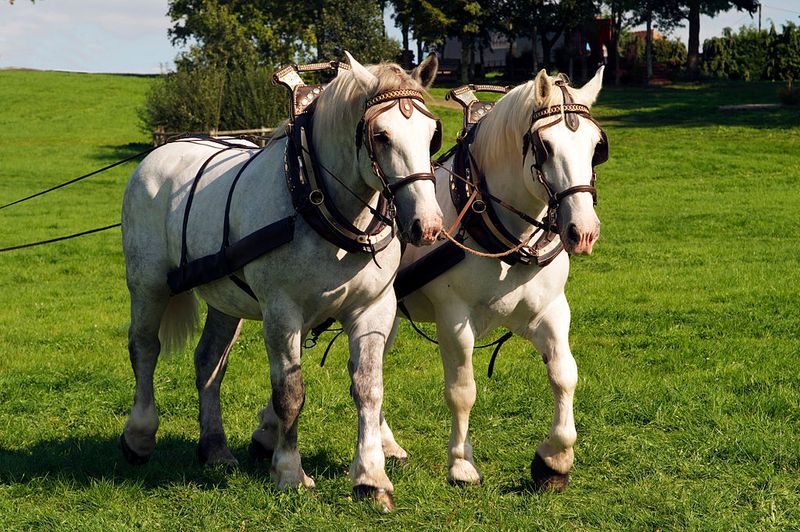
Feeding these giants requires attention to detail. Clydesdales often benefit from a diet rich in fiber to maintain their large frames, while Percherons might require more protein for muscle support.
Understanding these dietary needs is key to ensuring their health and vitality, highlighting the care required for each breed.



